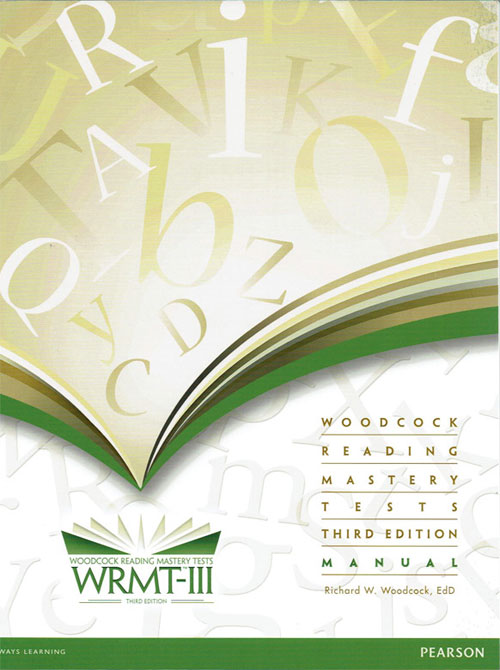by Kara S. Schmidt, PhD and Jennifer L. Gallo, PhD
Qualification Level: B
Purpose: Assess changes in behaviour and mood associated with the onset of various dementia syndromes
Age: Ages 30-90 years
Admin: Individual administration
Time:15 minutes to administer; 2-3 minutes to score
Related Products: Dementia Rating Scale-2 (DRS-2), Neuropsychological Assessment Battery (NAB)
Sample Report:BPAD Score Report
The BPAD is a standardised informant report that assesses the changes in both behaviour and mood that are associated with the onset and course of various dementia syndromes. This 78-item assessment categorises symptoms into three clusters (i.e., Psychopathological, Behavioral, Biological) and further, into seven domains (i.e., Perceptual/Delusional, Positive Mood/Anxiety, Negative Mood/Anxiety, Aggressive, Perseverative/Rigid, Disinhibited, Biological Rhythms). The BPAD Response Booklet is large-print to simplify completion by individuals with vision difficulties.
During administration, the respondent is asked about symptoms the patient has exhibited both within the past 4 weeks and 5 years ago. To differentiate symptoms associated with long-standing psychiatric illness from symptoms associated with the onset of behavioural disturbance related to dementia, the BPAD assesses the symptoms over these two time periods and computes a change score that captures information about changes in mood and behaviour specific to the onset and course of dementia. The BPAD was standardised and validated on a sample of men and women ages 30-90 years; these rated adults came from a wide range of racial/ethnic and educational backgrounds and geographic regions, and the sample was matched to U.S Census proportions.
Administration is done using the large-print Response Booklet and pencil, takes 15 minutes to complete, and should be completed by family members, paraprofessionals, or other professionals ages 18-90 who have regular contact with individuals who have suspected or diagnosed dementia. The items are written at a 11 year reading level. The BPAD can be employed in a wide range of settings (e.g., outpatient clinics, assisted living settings, clinical research settings) with heterogeneous groups of individuals with suspected or diagnosed dementia (e.g., patients diagnosed with Alzheimer's disease, patients with vascular dementia, psychiatric patients with suspected dementia).
The BPAD Software Portfolio Makes Scoring Easy
After hand-entry of raw scores, the easy-to-use BPAD™ Software Portfolio (BPAD™-SP) generates scores that represent current impairment (i.e., CURRENT), past impairment (i.e., PAST), and change in impairment over time (i.e., CHANGE). The Score Report also provides T scores and percentiles for the BPAD Total and domain scores and graphical presentation of BPAD T scores. The BPAD-SP is included in the BPAD Introductory Kit and provides unlimited scoring and report generation.
Requirements: Windows® 2000/XP/Vista™; NTFS file system; CD-ROM drive for installation; Internet connection or telephone for software activation


















